The top 5 product test drives of 2018
Dr. Flucke, chief dental editor and technology editor at DPR, breaks down the products that blew him away this year.
It’s the December issue and you know what that means! In addition to all the other great products mentioned in this issue, I get a chance to tell you about some of my favorite products that I had a chance to test and tinker with over the past year.
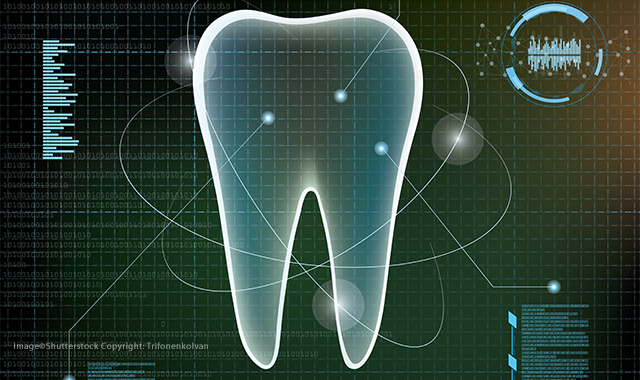
One of the best things about my job here at Dental Products Report is that I have the opportunity to get a really unique view of products both on the market and in development. I like to say that I get to see things all the way from the “duct tape and zip tie stage” to the completed product. Because of that, I get to see some incredibly cool products, and I’m also one of the first to get to see product upgrades.
Trending article: The top 10 most-read articles of 2018
One quick disclaimer; this is not an all-inclusive list. I get to see a lot of great products every year, but these just happen to be the ones I thought you, the readers, would want to be aware of. So, with all of that in mind, let’s take a look at my top Test Drives.
Click through the slides to read more.

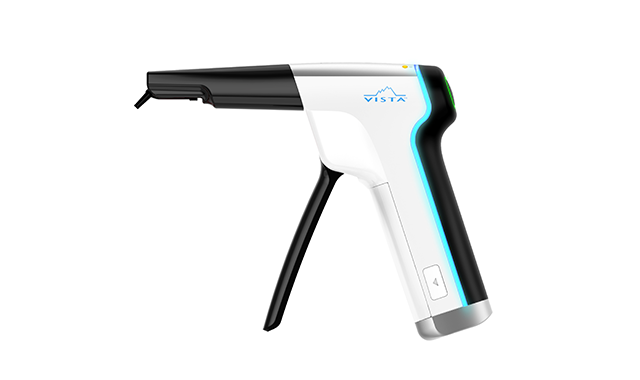
Vista Dental Products Phasor™
Vista Dental Products has come up with a pretty unique way of providing a platform to place warmed composite. The Phasor is a composite “gun” dispenser that actually warms the composite just prior to dispensing the material into the preparation. It utilizes near-infrared technology to rapidly warm the composite and keep it at the set temperature as it’s extruded. The entire warming process takes 20 seconds. As I start to etch the prep, I turn the Phasor on and the system is done heating by the time I’m ready to place the material.
Read more: Using Phasor to create flowable composites
The Phasor contains a rechargeable battery and an auto shut off function, which powers the unit down if it’s accidentally left on longer than three minutes. The device has three heat settings with the highest being 66°C. The device accepts any composite capsule and greatly simplifies placement.
When warmed, composite is much easier to place and much easier to sculpt. As previously stated in this article, I truly believe that warming composite is a subject that all clinicians should be exploring. I’ve become a huge advocate of this subject and welcome any technology that makes the restorative process easier and more predictable.


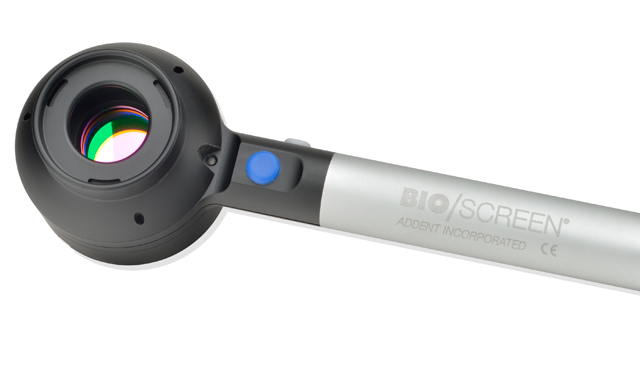
AdDent Calset and Bio/Screen
For the first time that I can remember, I’ve got two products in this list from the same company. The first is Calset, and the second is Bio/Screen.
The Calset is a device whose time has truly arrived. It’s a device that plugs into an AC outlet and gently warms composite capsules and/or syringes as well as the necessary placement instruments. According to AdDent, warmed composite shortens curing time by 80 percent, improves composite flow by 68 percent, reduces microleakage and decreases shrinkage stress. The product consists of a cylindrical base that warms and accessory trays that sit on the base that allow different setups to be used.
Related reading: Using detection tools to prevent oral cancer
The base has three different temperature settings of 37°C, 54°C and 68°C. The warming causes greater movement of the molecules in the material and thus cures faster and stronger than if it’s at room temperature. More and more, science is revealing the advantages of warm composite. This is definitely a subject all of us should be interested in.
The Bio/Screen is a device used for oral cancer exams/screenings. It’s a well-balanced handheld device that uses five violet LEDs to illuminate the oral tissues. When tissue begins to undergo neoplastic changes, there’s a change in the nuclear to cytoplasmic ratio. This means that at a very early stage, these changing cells have the potential to be detected. This change in cellular anatomy causes tissues to lose fluorescence. Basically, that means that when exposed to the violet light of the Bio/ Screen, tissues that have lost fl orescence appear black. This greatly increases the accuracy of oral cancer screenings.
In the United States, one person per hour dies of oral and pharyngeal cancer. We owe it to our patients to do everything we can to help catch this debilitating and disfi guring disease at its earliest stages and the Bio/Screen does just that.


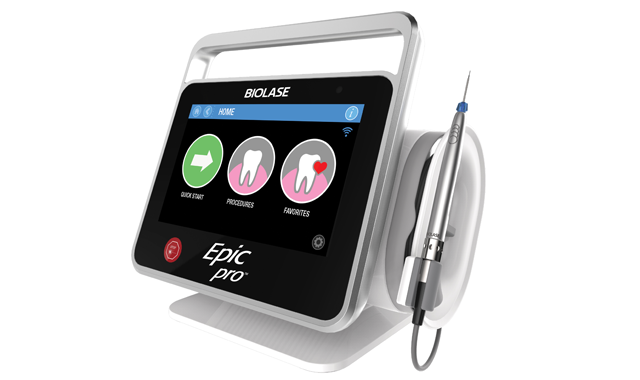
BIOLASE Epic Pro® Laser
I’m a big proponent of lasers in dentistry. It’s a rare day in the office that I don’t reach for a laser multiple times. I’m always on the lookout for the newest and most forwardthinking lasers available. Right now, I’m impressed with the Epic Pro®.
The device is designed around its core technology of a Super Thermal Pulse diode laser. The laser engine has six high-performance diode emitters that provide peak power over 15 times higher than other standard singleemitter diode laser systems. This means that the Epic Pro has power and variabilities that other lasers on the market can’t deliver.
Read more: The benefits of a better laser
One of the features that diodes have lacked over the years is the ability to provide Super Thermal Pulse power. Basically, this power lets a laser deliver a tremendous amount of power in a very short amount of time. This allows the laser to cut extremely effi ciently and with minimal drag. The Epic Pro can deliver up to 150W in 10 millionths of a second. This is a feature that previously had only been available in lasers with a much higher price tag.
The device also has a feature called Automatic Power Control (APC). This feature provides a thermal feedback loop that’s computer-controlled in real time. The tip in contact with the tissue uses the feedback to provide a near constant temperature control. This allows for immediate adjustment of the cutting power if the tip encounters different types of tissue, colorations or bioburden on the tip. Since the temperature remains constant, the cutting is identical no matter what clinical situation the tip encounters. If you’re concerned about overheating the tissue, then remember that the power is adjusted at the tip and since this is a contact laser, the small area in contact with the tip is the area affected as long as the tip continues moving.


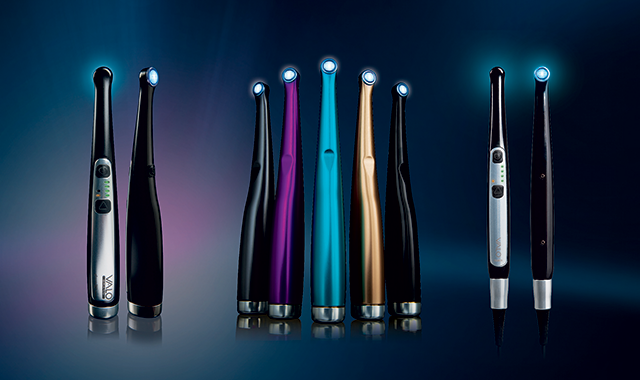
Ultradent VALO Grand
Ultradent has been setting the standard for curing lights for the last several years. I’ve been a big fan of their curing lights since the original VALO hit the market, and each time I see the newest generation, I think to myself “How could they improve this?” Fortunately, I have yet to be disappointed by their research and development.
This time, they’ve crushed another home run with the VALO Grand. One of the major improvements with the Grand is an area that curing lights in general have been lacking and that is square-millimeter coverage of the curing area. While many other lights have an average area of 46 mm2, the VALO Grand has a whopping 107 mm2. The signifi cance of this is that the entire occlusal surface of a molar can be covered by a single curing cycle. The 46 mm2 area requires the light to be placed over the distal portion and then the mesial portion to ensure proper curing. This means that on larger restorations, curing cycles must be doubled.
Related reading: VALO Grand curing light launched by Ultradent
The VALO Grand also carries the power needed to cure any and all restorations. It has three power modes that provide intensity of 1000mW/cm2, 1600mW/cm2 and 3200mW/cm2 also has a curing spectrum of 405 nm to 465 nm, which means it will cure any and all photoinitiated composites on the market.
The device is created out of aerospace-grade aluminum and designed to take the abuse (including being dropped) that everyday use entails.


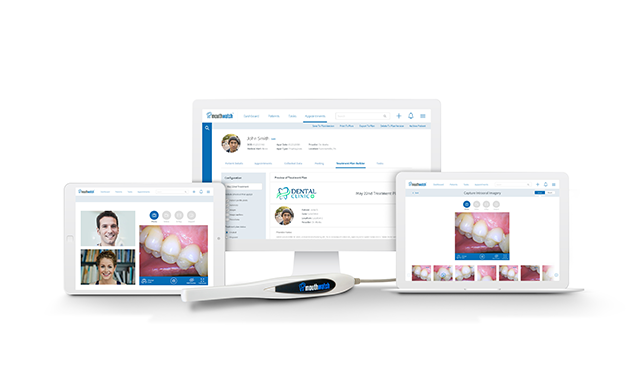
MouthWatch and TeleDent™
I mentioned this product last year, but due to the price point and customer service, I felt it deserved another mention. I’m a big fan of intraoral imaging. Humans perceive about 87 percent of the environment through their eyes, so anything that helps patients see their conditions better helps them understand your diagnosis and treatment plan better.
In the past, one of the biggest problems of providing intraoral images was the cost of the intraoral camera. In an office with multiple operatories, having a camera everywhere you needed one could often be cost prohibitive. To the rescue comes a company called MouthWatch.
Read more: How to enhance communication and collaboration with teledentistry
The idea for the MouthWatch camera is that by making the devices more affordable, more doctors will use them, hence selling more cameras. The imaging is superb, the installation is easy (a simple USB connection), and the price of $299 for one camera means there’s no reason you shouldn’t have one in every operatory. Oh, and the price gets better if you buy more. If I haven’t convinced you to get out your credit card yet, I don’t know what else I can do!
The company also has a software product called TeleDent that greatly facilitates practices that perform dentistry in off-site locations such as nursing homes. The program allows for live video or still photos that can be viewed from a HIPAA-compliant, secure server. This means that specialists, mobile hygienists or even other healthcare providers can connect to you via livestream videoconferencing or by sending images that you can look at by logging into the secure server. It also allows providers to store and forward exams as well as share all relevant patient information and clinical data.
So, there’s the list for 2018. Overall, I continue to be impressed with the advancements we see in our profession. One of the big pluses I’m enthusiastic about is the number of new products that I’ve been evaluating over the last two to three years that don’t require a major financial investment. The products mentioned is this article are defi nitely in the category of “buy as many as you need.” Always remember there are plenty of technologies that can improve your practice, improve patient outcomes and still allow you to maintain a healthy retirement account.

